The “Atum”, a sculpture by the Algarve plastic artist João Jesus, made from obsolete materials that were found in one of the warehouses of the Albufeira City Council, was inaugurated yesterday in this Algarve city to honor the men and women of the canning industries.
The sculpture, made at the invitation of councilor Ricardo Clemente, is located in front of INATEL, given that it was in that area that canneries worked not only for sardines, but also for other fish.
«It is known that tuna passed along the coast bordering Albufeira, which is why in 1910, in the tuna trap at Olhos de Água alone, 82 fishermen were registered», explains the municipality.
According to the author and artist, «the sculpture, whose production process took two months, was created with obsolete materials existing in one of the warehouses of the Municipality of Albufeira, creating, through recycling, garbage in art».
The artist also left a message of thanks to all the employees and entities that helped in the construction of this sculpture.
The Mayor made an allusion to the importance of the canning industry for the history of Albufeira, as well as the richness of fish on the coast.
It is «a work that talks about the history and people of Albufeira, the culture and ancient customs that were once made in our city», he said.
The mayor also stressed that «in addition to paying homage to the sardine and tuna canning industry in Albufeira, the work also represents our effort to leverage the circular economy in the municipality, in the sense that all the work was produced with recycled materials".
The inauguration was attended by not only some visual artists from the Algarve, but also fishermen from Albufeira through the APPA – Association of Fisheries Professionals from Albufeira and official agents of the National Republican Guard and Captaincy.
In Albufeira there were five canning factories in the first half of the 1909th century, namely Ramirez & Companhia (started in 1926 and transferred to Matosinhos between 1928 and 1918), Fabrico, belonging to the Sociedade de Conservas de Albufeira (1919), Baltum , (known as Fábrica da Caveira; it began operating in 1920 under the management of Joaquim de Sousa Guerreiro, although in May 1913 it began to be operated by the Consórcio Português de Pescas e Conservas – SARL.), Sociedade Brito – Fábrica de Conservas de Peixe em Azeite and Ernesto Salles, which combined with a Guano Factory (both from 1933-XNUMX), and which also came to be owned by Johannes Seibt, who joined the Sociedade Brito, creating Johannes Seibt e Brito, better known as “the German factory”.
It was then in the Estado Novo that the building was adapted to be the 'Dr. Pedro Theotónio Pereira' within the framework of the National Foundation for Joy at Work (FNAT – 1935) for nautical activities for Portuguese youth and after the former political regime, it was renamed INATEL – National Institute for the Enjoyment of Free Time, being today one of the most iconic examples of the evolution of hospitality in Albufeira.
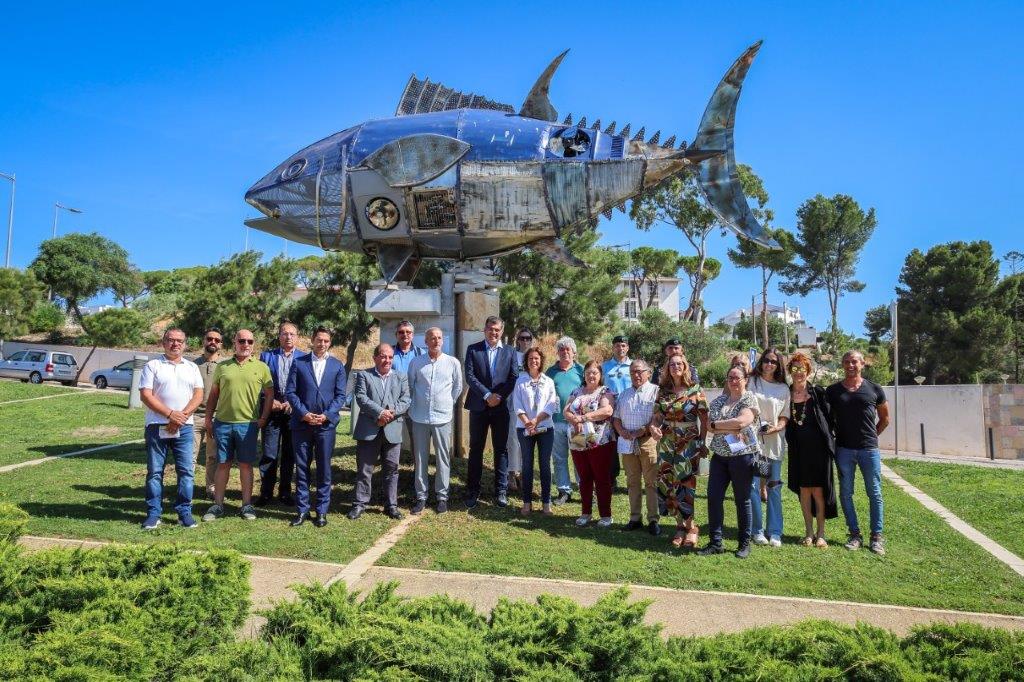
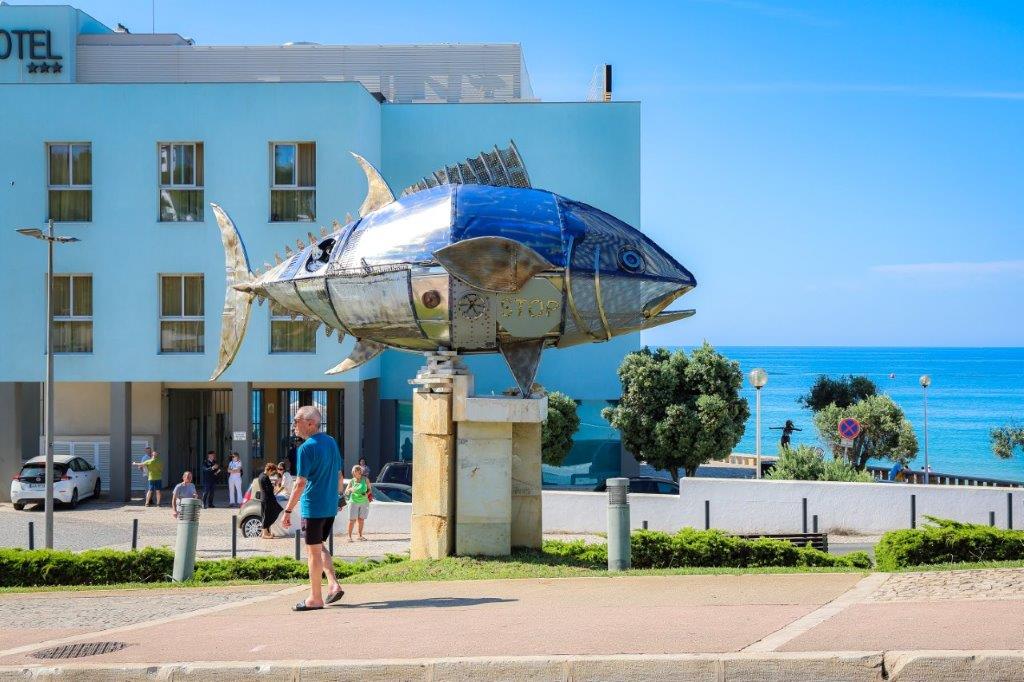
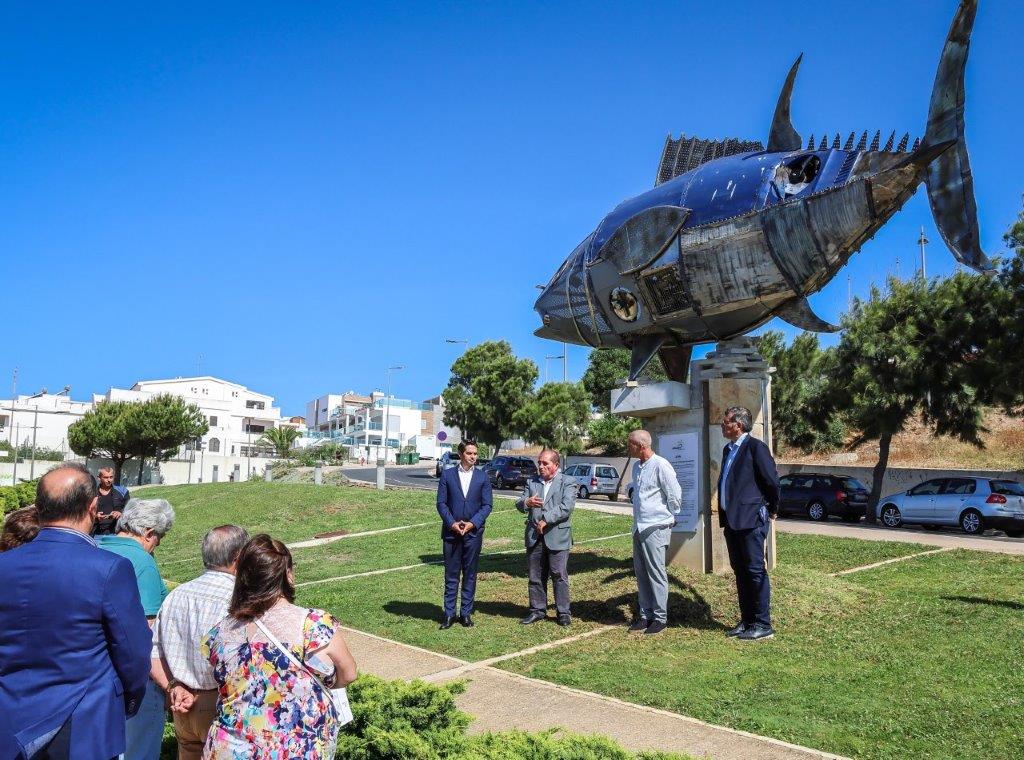
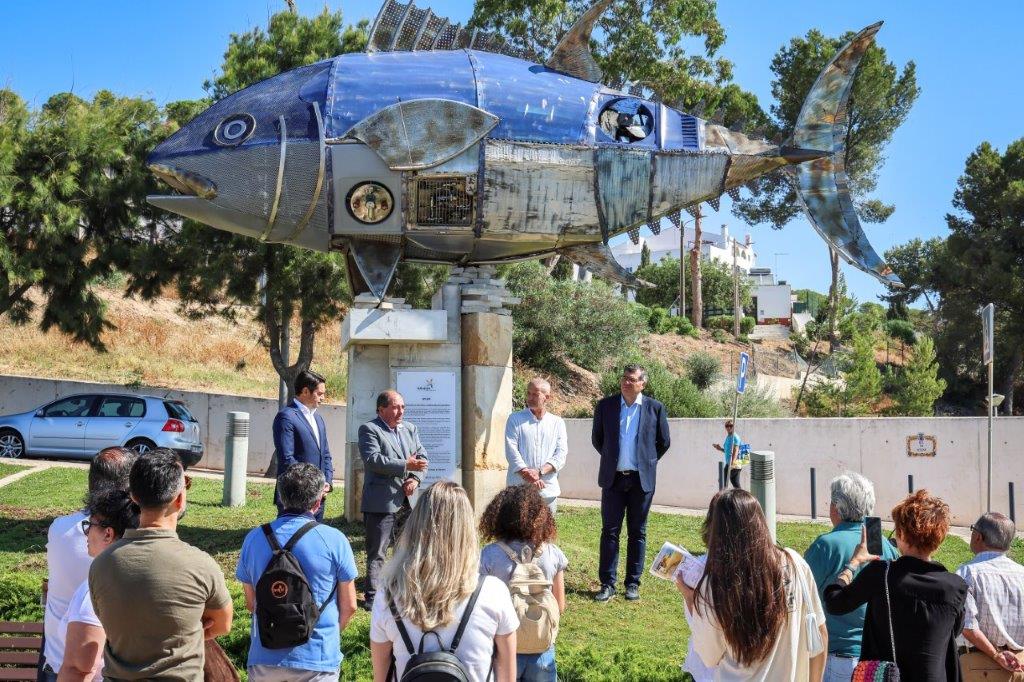
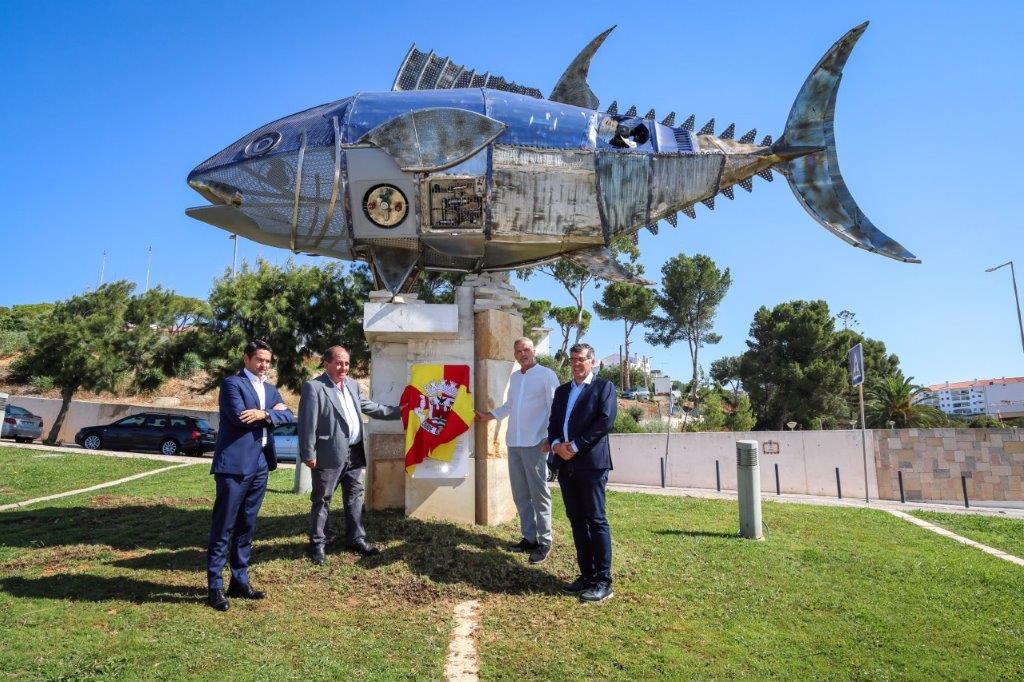


















Comments